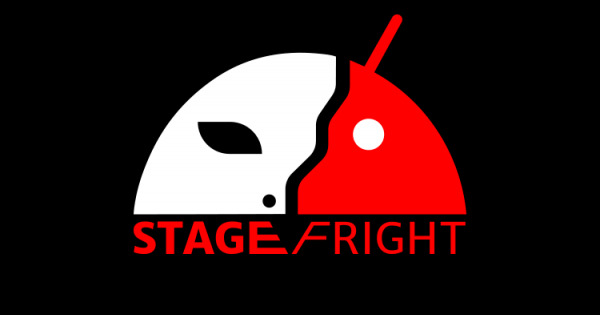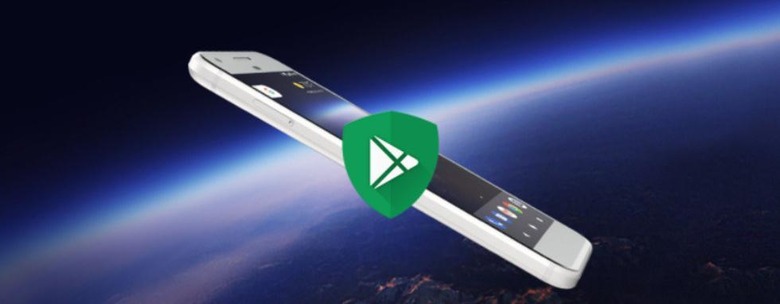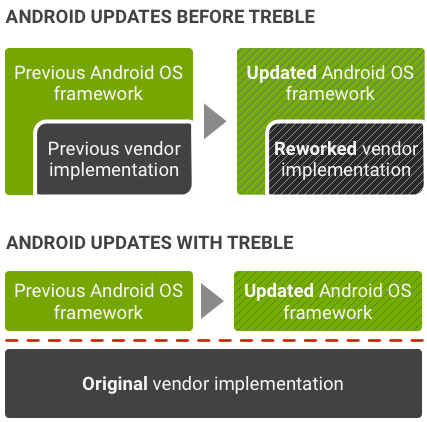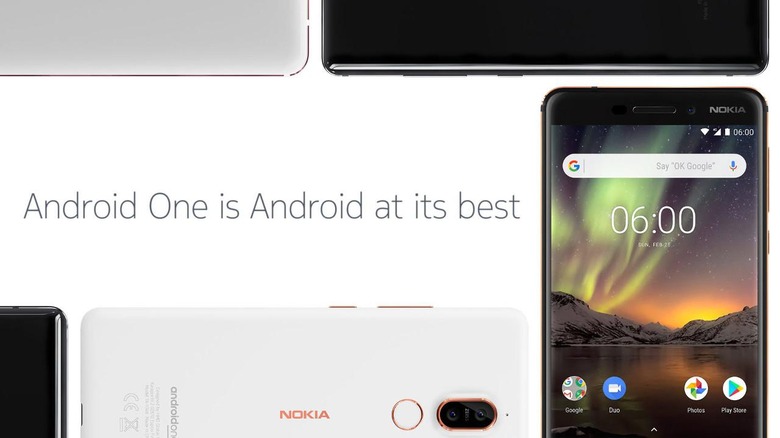iOS 12 Compatibility Should Shame Android Makers Into Action
iOS 12 has just been revealed this week and it ended up being a mixed bag, satisfying some while disappointing others. But one thing about the next major release of Apple's mobile platform that seems to have universally surprised everyone was not a new feature. It was its list of supported devices. That long list includes the iPhone 5s on the lowest end, an iPhone that is reaching its fifth birthday in September. This will undoubtedly be used by iOS users as more evidence of the superiority of their chosen platform and Android users and OEM should accept the bitter truth: they're absolutely right.
Who’s invited
The list isn't final, of course, but Apple rarely reneges on a very public promise. Save for technical difficulties, though Apple also doesn't alway shoot its mouth off
• iPhone X
• iPhone 8/iPhone 8 Plus
• iPhone 7/iPhone 7 Plus
• iPhone 6S/iPhone 6S Plus
• iPhone 6/iPhone 6 Plus
• iPhone SE
• iPhone 5S
• iPad Pro 12.9-inch/10.5-inch/9.7-inch
• iPad (fifth-gen)
• iPad Air 2
• iPad Air
• iPad Mini 4
• iPad Mini 3
• iPad Mini 2
Long story short, Apple has just promised that iOS 12 would be available for all iPhones and iPads dating 2013 to present. For the iPhone 5s, the original iPad Air, and the iPad Mini 2, that means still getting the latest update five years after they were launched. The closest thing Android has to that phenomenon are the Nexus devices, and even those have stopped getting official version updates after three years in the market.
It’s not always about features
There's definitely something to be said about having the latest and greatest version of a software. Especially for a device that has gone way beyond life expectancy as far as mobile devices go. But even if you factor out shiny new features, getting new version updates or even just the monthly maintenance ones carries a profound impact on something that the users don't know they desperately need.

Yes, we're talking about security. No software is ever without bugs, including security vulnerabilities. The Stagefright bug in 2015, which was left unchecked since 2010 (Android 2.2 Froyo) showed how woefully unprepared the Android world was for rushing out critical security updates. The unpredictable or even non-existent update release schedule of manufacturers was insufficient to curb the growing number of such security holes or the audacity of cybercriminals. Some have cleaned up their act, but not all. Some even lapsed into old practices.
Sometimes it is (about features)
Security updates are one thing and those should come monthly. Major version updates, however, are also another story. There's really no hard rule on those unless set by the manufacturer. In Google's case, it often promises two years worth of version updates or one and a half for Android One. Considering Android (and iOS) releases are only made once a year, that pretty much means they're guaranteed only two major updates, depending on when the phone was actually launched.
The iPhone 5s launched with iOS 7 and, even without the iOS 12 promise, it's been getting major iOS updates for four years now. No other Android phone, even a Nexus, has had that much, unless you count unofficial third-party ROMs that could extend a smartphone's life almost forever.

But what makes major version updates important in this context aren't just the new features. It's also about the new features that increase the security of a device beyond just the low-level security patches. Case in point would be the new App Permissions introduced in Android 6.0 Marshmallow back in 2015. Any phone not running on that or later versions don't get the same level of protection against potentially harmful apps (PHAs). Other new security features like Google Play Protect also have a minimum Android version requirement. As each new Android release gets better and better security features, the ones that are left with older versions remain vulnerable.
Treble Trouble
Of course, there's everyone's favorite Project Treble now. The Android Oreo feature promises an improved update experience for all involved, from Google to OEMs to users. In a nutshell, it creates a fine line between certain layers of the Android platform which would make it easier to "swap out" the ones that need updating. All fine in practice and custom ROM makers are already singing praises about it. Problem is, we still need to see it tested as far as major Android updates go.

Google only required Treble to be implemented for new phones that will be running Android Oreo right from the start. Not even older phones that were updating to Oreo would implement it, and very few OEMs dared risk it. That meant only phones launched late 2017 onwards had it. And considering we're still due the first major update since Oreo, that theory is still to be tested thoroughly.
No more excuses
And then there's the matter of whether hardware partners will actually do their part. Treble isn't a panacea that will magically work just because Google pressed the "Release" button. It takes two to tango and it takes more than one to make a Conga line.
For some time, whenever the issue of updates come up, Apple's unique advantage is always used as a reason for its ability to push out updates that fast. Apple controls everything and can even bypass carriers to some degree. But that's no longer an excuse Android OEMs can use, with or without Treble. Companies like Essential, HMD Global, and NVIDIA have proven that it can also be done as well. It might take more work, especially when you have layers upon layers of customizations. That, however, is not an excuse. It's a liability.

Wrap-up
Apple often boasts of how high and how fast the adoption rate of new iOS versions are. Truth be told, it's not exactly because iPhone and iPad owners are flocking towards those updates. It's more because Apple provides them and, delayed or not, users can simply just make a few taps and wait for the update to download and install. And every year, every month even, Android users have to bear with the jeers and taunts of their iOS counterparts over the opposite situation in Google's kingdom. It's probably time to stop just sucking it up and let OEMs know that we also want the latest Android versions we deserve, two, three, or even four years from now.
